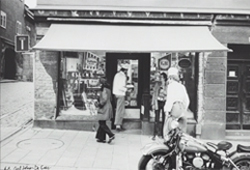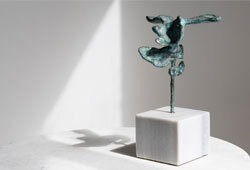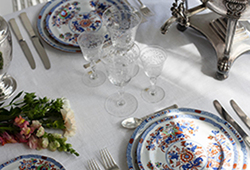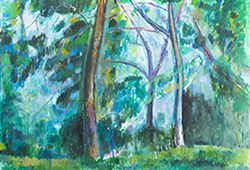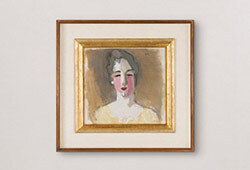Barbro Nilsson
a carpet, 'Strålblomman grön', tapestry weave, c 516 x 310 cm, signed AB MMF BN ANNO DOMINE 1954
(AB Märta Måås-Fjetterström, Barbro Nilsson). Designed in 1952, wowen in 1954.
Alkuperä - Provenienssi
The Finnish parish in Stockholm.
Kirjallisuus
Compare with sketches Möller, Viggo Sten: En bok om Barbro Nilsson, Stockholm/Barcelona 1977, colour plate page 79.
Muut tiedot
Barbro Nilsson, born in 1899 in Malmö, is one of the most brilliant artists of her time, loved by many and more appreciated now than ever. After studies at, among other places, Johanna Brunsson's weaving school, the major breakthrough came with "Melodies at the Square" created for the Gothenburg Concert Hall after a design by Sven X:et Ericsson in 1936.
However, Barbro Nilsson is most commonly associated with taking over and directing the artistic direction for the newly started Aktiebolaget Märta Måås-Fjetterström. The present carpet is a development of "The Carnation" from 1950 (which is also included in this auction). Sweden's first carnation nursery was located in Båstad, just like AB Märta Måås Fjetterström, and the carnation as a cut flower came into vogue during the 1950s. This could be a possible inspiration for the pattern.






